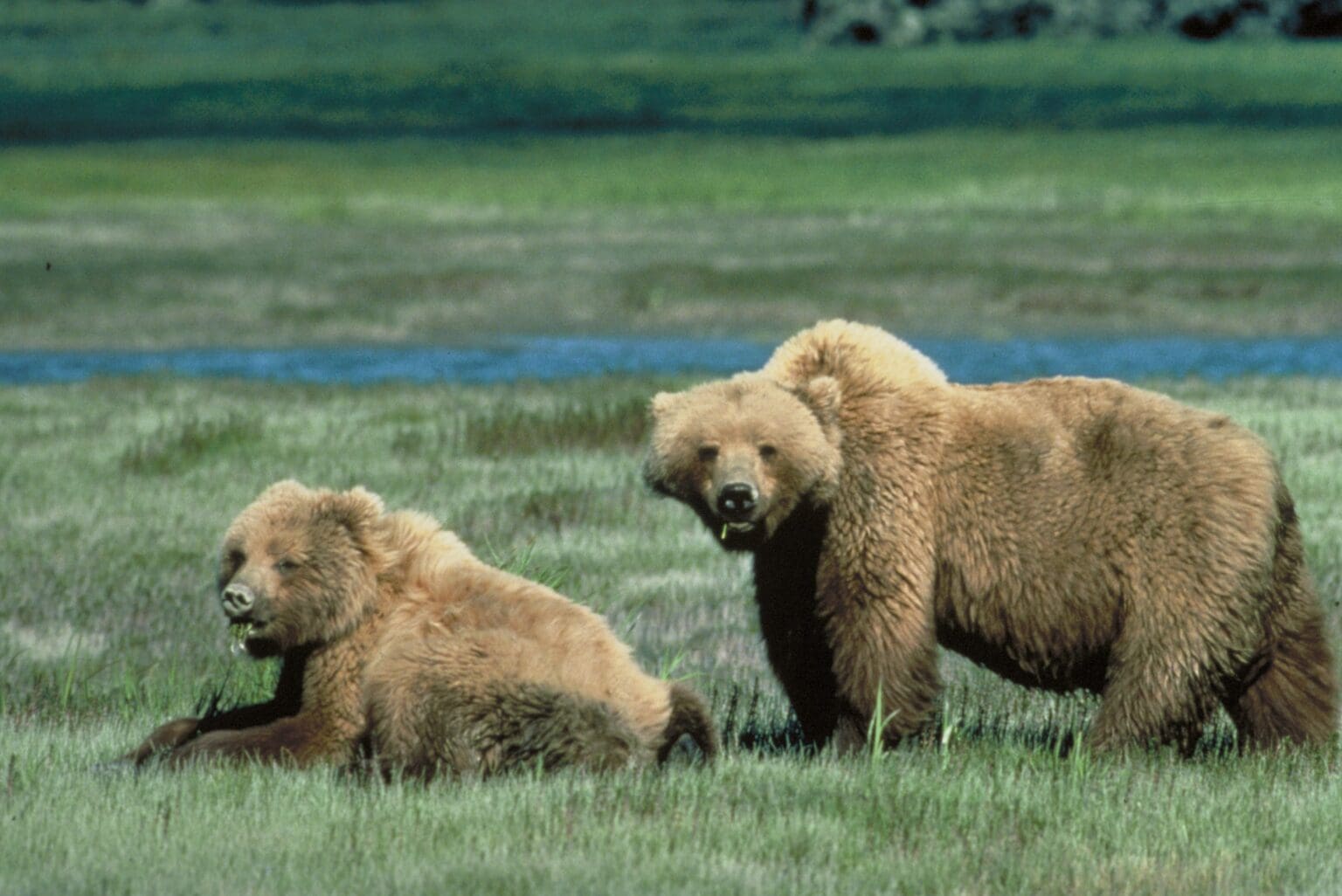In a historic action for wildlife conservation, grizzly bears are returning to the North Cascades, federal officials announced Thursday, April 25.
But the announcement from the National Park Service and U.S. Fish & Wildlife Service said officials have not set a timetable for the relocation.
They hope to move three to seven grizzly bears annually for five to 10 years to establish an initial population of 25 bears.
The bears could come from ecosystems in the Rocky Mountains or interior British Columbia.
“We are going to once again see grizzly bears on the landscape, restoring an important thread in the fabric of the North Cascades,” said Don Striker, North Cascades National Park superintendent.
Grizzly bears lived in the North Cascades region for thousands of years as a keystone species. Bears distributed native plant seeds and kept other wildlife populations in balance. Populations declined because of hunting.
The issue has been debated for three decades with many Eastern Washington ranchers opposed to the repopulation.
U.S. Rep. Dan Newhouse (R-Sunnyside) called the decision outrageous on Thursday in a news release.
Bellingham’s Chris Morgan, a bear ecologist and nature TV and radio host, described the announcement Thursday as surreal after 25 years of lobbying for repopulation.
“Bringing these bears back home will be a conservation story we can all be proud of in Washington state,” he said in an email. “It’s brave, bold, and the right thing to do. And it’s another piece of the beautiful North Cascades wilderness that will slot back into place — a huge step towards a healthy ecosystem that’s good for people and planet.”
The agencies’ decision came a month after an Environmental Impact Statement was completed offering three options: leave the landscape as is, introduce grizzlies without interference or repopulate the bears with management tools to help avoid human-wildlife conflicts.
Brad Thompson, state supervisor for U.S. Fish & Wildlife said in a statement they picked the third option because “it provides an expanded set of management tools in recognition that grizzly bear recovery in the North Cascades is dependent on community tolerance of grizzly bears.”
Newhouse said in the news release that the decision “reinforces what we feared: no amount of local opposition was going to prevent” officials “from doing what they wanted all along.”
The bears will be released in remote, craggy mountains in an area larger than New Jersey.
Bellingham’s Joe Scott, a leading grizzly bear authority, called the decision a significant hurdle that has been cleared.
“Now we can go back to work as a community and see it through,” he said Thursday in an email.
In a previous interview, Scott said mountain communities will need to carefully store garbage so the new bears don’t invade their towns.
He also said it will be important for hunters to follow rules to allow the grizzly population to take hold.
The decision is the culmination of an Environmental Impact Statement process that began in 2022. The announcement stated public feedback played a key role in the decision. During the fall 2023 comment period, more than 12,000 comments were received on both the draft Environmental Impact Statement and a proposed 10(j) rule.
Elliott Almond's outdoor column appears monthly. Email: elliottalmond4@gmail.com.




